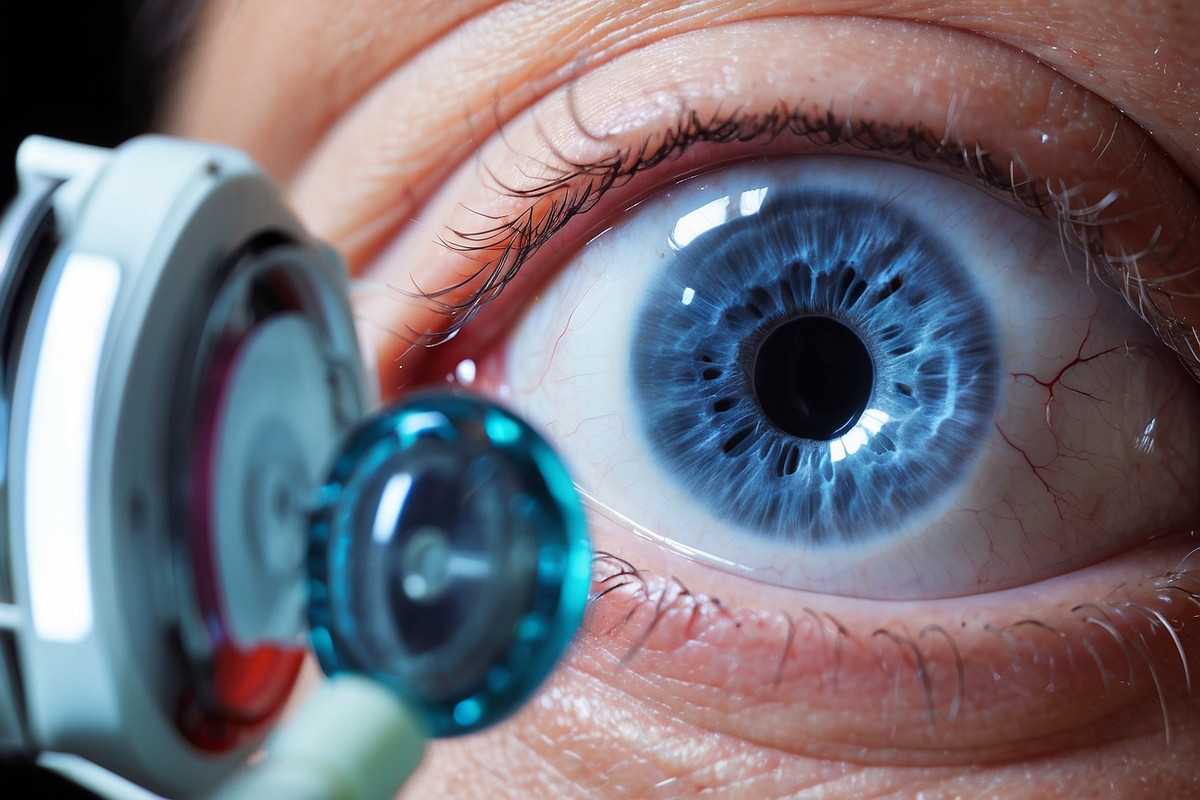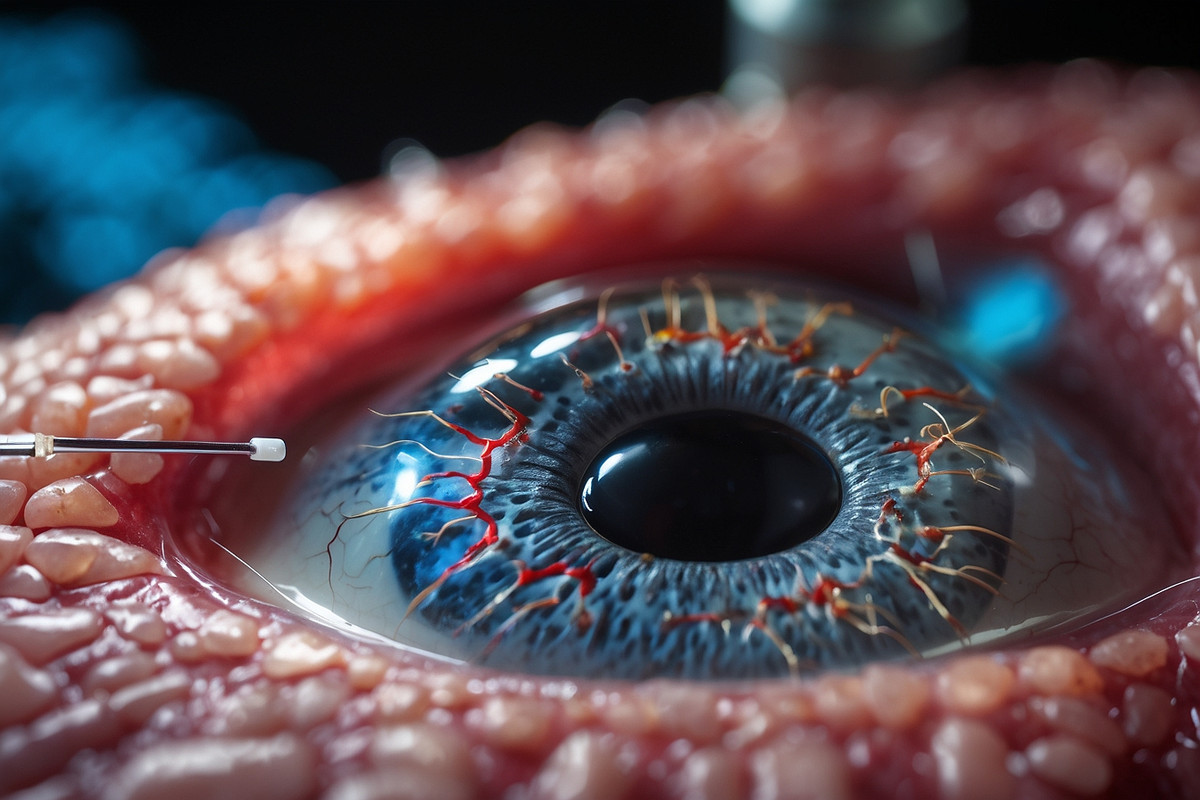A microdevice created by Swedish researchers that can be inserted into the eye may provide "new perspectives for treating diabetes and other diseases with cell therapies."
The researchers from the Royal KTH Institute of Technology and the Karolinska Institutet created the 3D-printed device with the goal of encasing insulin-producing pancreatic cells and electrical sensors. The journal Advanced Materials [1] reported the study team's findings.
"The eye is ideal for this technology"
As Senior Lecturer at Karolinska Institutet and KTH, Anna Herland says, "The eye is ideal for this technology because it does not contain immune cells that react negatively in the first stage of transplantation." Furthermore, "its transparency allows a visual and microscopic study of the evolution of the implant over time." "The eye is our only mirror on the body, and it is privileged in terms of immunity," the investigator argues.
Because the gadget is shaped like "a wedge about 240 micrometers long," it may be mechanically affixed to the anterior chamber of the eye's angle between the iris and cornea.
During testing on mice, the apparatus remained in place "for several months," and the "mini-organs" inside of it "rapidly integrated into the host animal's blood vessels and functioned normally."
In the direction of a diabetic treatment?
According to Per-Olof Berggren, a professor of experimental endocrinology at Karolinska Institutet, "the current system is unique and will, among other things, form the basis of our work to develop an integrated microsystem to study the function and survival of islets of Langerhans [2] in the anterior chamber of the eye." "Islet of Langerhans transplantation into the anterior chamber of the eye in humans is being tested in clinical trials in patients with diabetes," according to him.
It's the "first move towards advanced medical microdevices that can also localize and monitor the function of cell grafts," Herland stated. "Our design will allow for the integration and use of more advanced functions, such as electronic integration or drug delivery, in the future."

